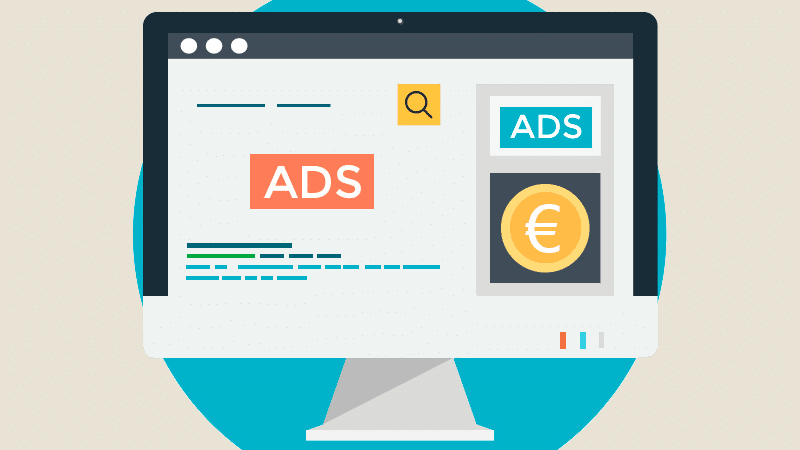How to Design an Ecommerce Website in Figma

Introduction
Designing an eCommerce website requires precision, creativity, and a user-friendly approach. Among the many design tools available, Figma has become a top choice for designers due to its collaborative features, ease of use, and flexibility. Whether you’re a beginner or a professional, Figma allows you to create sleek, responsive eCommerce designs that look stunning on any device.
In this article, we’ll explore how to design an eCommerce website in Figma, covering the essential steps, best practices, and tools to create an engaging online shopping experience.
Why Use Figma for Ecommerce Website Design?
Figma is a cloud-based design tool that makes UI/UX design easy and accessible. Here’s why it’s perfect for eCommerce website design:
1. Collaboration in Real-Time
Figma allows multiple team members—designers, developers, and stakeholders—to work on the same project simultaneously. This makes it easier to brainstorm, iterate, and refine your eCommerce store’s design without confusion.
2. Responsive and Interactive Prototyping
Figma enables designers to create responsive layouts and interactive prototypes that simulate real user experiences. This helps in testing the usability of an online store before the development phase.
3. Design Consistency with Components
Figma’s component system allows you to create reusable design elements like buttons, navigation bars, and product cards, ensuring a consistent look across all pages of your website.
4. Seamless Developer Handoff
Figma makes the handoff process smoother by allowing developers to inspect designs, access code snippets, and download assets directly, ensuring pixel-perfect implementation.
Steps to Design an Ecommerce Website in Figma
1. Define Your Ecommerce Website’s Structure
Before designing, outline the key pages your website will need:
- Homepage – Showcases featured products, promotions, and brand identity.
- Product Listing Page – Displays multiple products with filters and sorting options.
- Product Details Page – Shows product descriptions, images, pricing, and customer reviews.
- Cart & Checkout Pages – Helps users review their selections and complete purchases.
- About & Contact Pages – Provides brand information and customer support options.
Having a well-planned website structure ensures a smooth shopping experience for visitors.
2. Create a Wireframe in Figma
A wireframe is a basic layout that outlines the placement of elements like images, buttons, and navigation menus.
To create a wireframe in Figma:
- Use simple shapes and placeholders for content.
- Focus on layout and structure before adding colors and branding.
- Keep the design user-friendly and easy to navigate.
Figma offers pre-built wireframe kits that can speed up the process.
3. Choose a Visual Style and Color Palette
Your eCommerce website’s design should reflect your brand’s identity. Consider the following:
- Colors – Choose a primary color that represents your brand and use complementary colors for contrast.
- Typography – Select easy-to-read fonts that align with your brand’s personality.
- Imagery – Use high-quality product images that enhance the shopping experience.
Use Figma’s Styles feature to apply consistent colors, fonts, and effects across your design.
4. Design the Homepage in Figma
The homepage is the first impression visitors have of your store. Make it visually appealing by including:
- A hero banner with a strong headline and call-to-action (CTA).
- Featured product categories and best-sellers.
- Trust signals like customer testimonials and security badges.
Use auto layout in Figma to ensure elements adjust dynamically for different screen sizes.
5. Design Product Listing and Product Pages
Your Product Listing Page (PLP) should:
- Display products in a grid or list view.
- Include filter and sorting options (e.g., price, category, ratings).
- Show product images, prices, and quick-add-to-cart buttons.
Your Product Details Page (PDP) should:
- Feature high-quality product images with zoom functionality.
- Include a detailed product description, pricing, and availability.
- Show customer reviews and recommended products.
Use Figma’s Components to maintain consistency across different product pages.
6. Design the Shopping Cart and Checkout Pages
A seamless checkout experience reduces cart abandonment. Keep these pages:
- Minimalist – Remove distractions to keep users focused.
- User-friendly – Use clear CTAs like "Proceed to Checkout."
- Trustworthy – Show secure payment icons and customer support details.
Figma’s prototyping feature helps simulate the checkout process to identify any usability issues before development.
7. Add Interactive Elements and Microinteractions
Enhance user experience by adding microinteractions, such as:
- Hover effects on buttons.
- Image zoom-in on hover for product images.
- Loading animations for a smoother checkout process.
Figma allows you to create these interactions using the Prototype mode, helping developers understand how elements should behave.
8. Create a Mobile-Responsive Ecommerce Design
Since many shoppers browse from mobile devices, your design should be mobile-friendly.
In Figma:
- Use Frames to create separate layouts for desktop, tablet, and mobile views.
- Utilize Constraints to make sure elements resize properly.
- Test touch-friendly features like bigger buttons and easy navigation.
By designing for multiple screen sizes, you ensure that customers get a great shopping experience regardless of their device.
Conclusion
Designing an eCommerce website in Figma allows for seamless collaboration, prototyping, and pixel-perfect UI/UX design. By following the steps outlined in this article, you can create a high-converting online store that looks professional and provides a smooth shopping experience.
From wireframing to adding interactive elements, Figma makes the design process easier, faster, and more efficient. Start designing your eCommerce website today and bring your online store to life!




